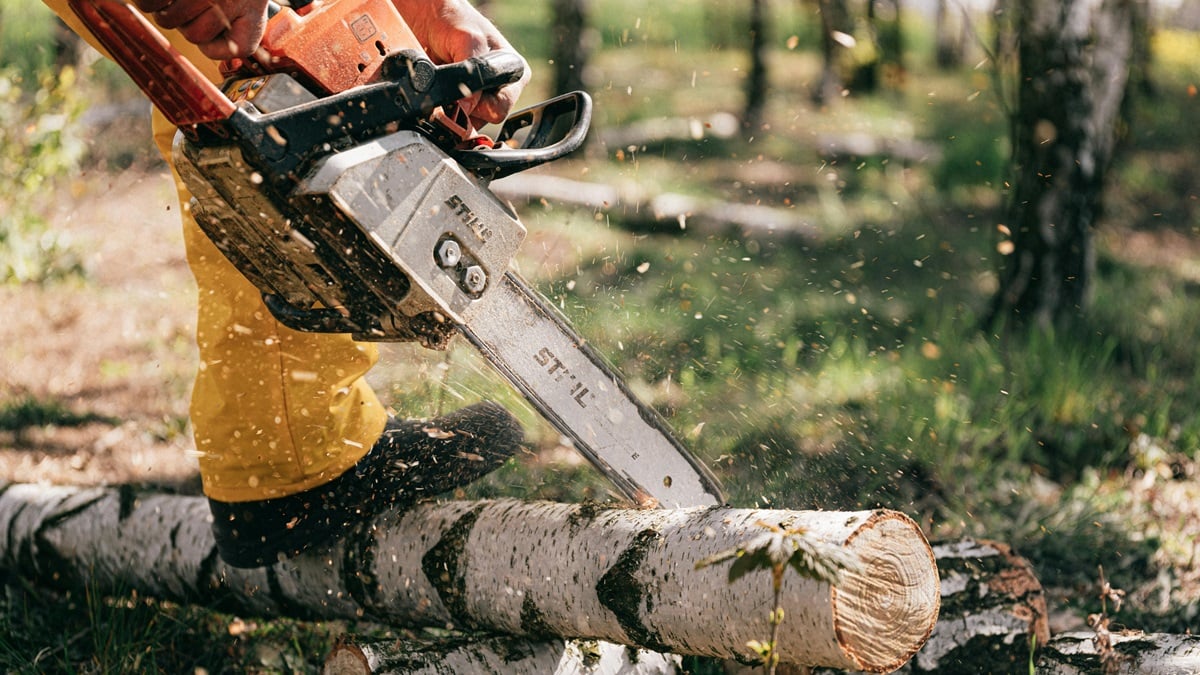Chainsaws, those formidable tools commonly associated with forestry and lumbering, have a surprising origin that traces back to the medical field, particularly the realm of childbirth. While today they’re renowned for their ability to slice through trees and branches with ease, their initial purpose might shock you.
Believe it or not, chainsaws weren’t originally conceived for woodcutting. Instead, they found their early niche in the delicate and often precarious realm of medical surgery, specifically during childbirth. While the concept of performing cesarean sections—extracting a baby from the mother’s womb through abdominal incisions—dates back to ancient times, it was in more recent history that the chainsaw found its unexpected role in this arena.
In the late 16th century, a procedure known as symphysiotomy emerged as a desperate measure to navigate complications during childbirth. This surgical intervention involved dividing the pubic symphysis—the joint between the left and right pubic bones—to widen the pelvic opening and facilitate the passage of the baby. Initially conducted with crude tools like small knives, symphysiotomy was laborious, bloody, and fraught with risks.
Enter James Jeffray and John Aitken, two Scottish doctors who, in 1785, sought to revolutionize the procedure by inventing a device that would expedite and refine the process. The result? A crude precursor to the modern chainsaw—a serrated chain with handles on both ends—designed to manually saw through the pelvic bone with greater precision and efficiency. While far from the sleek and sophisticated chainsaws we know today, this early iteration significantly reduced operation time and minimized tissue damage near the pelvis.
However, it wasn’t until the early 1880s that chainsaws underwent a transformation, transitioning from the operating theater to the forest. Initially clunky and requiring two operators, these early designs paved the way for more refined versions. In 1926, Andreas Stihl, a German mechanic, patented the first electric chainsaw, albeit one weighing over 100 pounds. The true breakthrough came in 1950 with the invention of the first one-man chainsaw—a design that revolutionized the logging industry and laid the groundwork for the powerful and portable tools used today.
So, the next time you fire up a chainsaw to tackle some yard work or forestry tasks, remember its unexpected journey from the operating room to the great outdoors—a testament to human ingenuity and innovation in the face of necessity.


